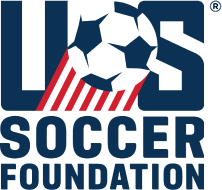
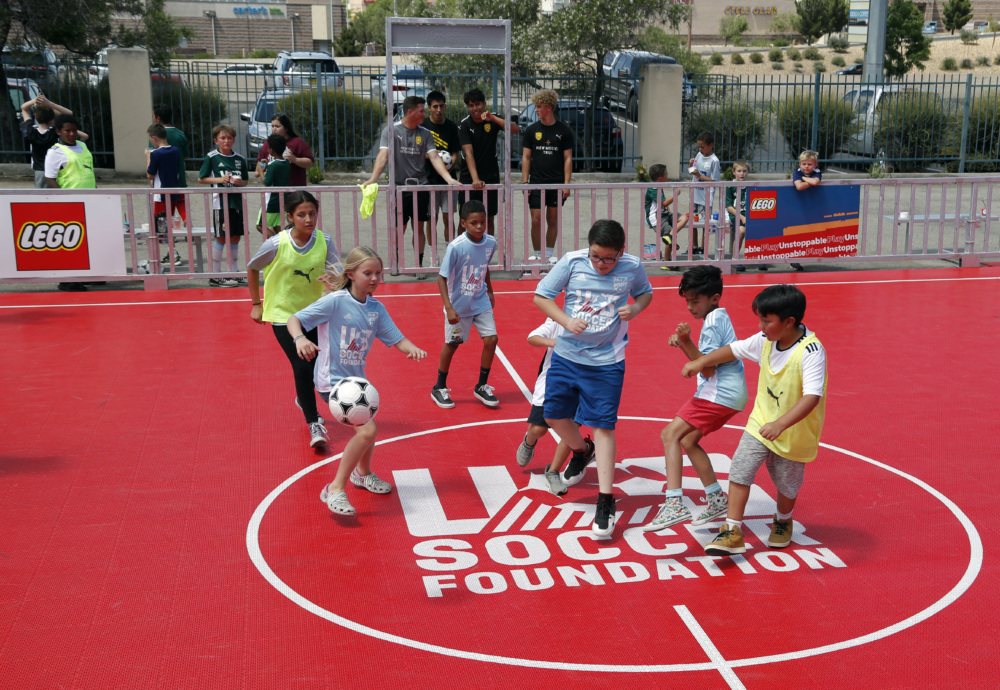
Let soccer do what soccer does.
Together, we can give millions of kids from underserved communities safe places to grow, thrive and build confidence for life.
Looking Back and Looking Forward
With the 2018 World Cup in full effect, I can’t help but reflect on my own World Cup experiences and the evolution of soccer in America.
In the 1994 tournament, I was the youngest player on the men’s national team roster. The energy was unlike anything else I’d ever experienced. Singing the national anthem and hearing the fans in the stadium bellowing their support from the stands, I got goosebumps. You get that sensation that you’re on the world stage and there is no other soccer game on the planet that is more important than the one that is about to start.
I went on to captain the team for the 2002 and 2006 World Cups. Everything was turned up for these competitions – the anxiety, the nerves, the preparation. It was on a whole different level from a non-World Cup national team game. Playing for your club team is obviously important, but there was nothing like the emotions that came along with being able to represent my country in front of the world.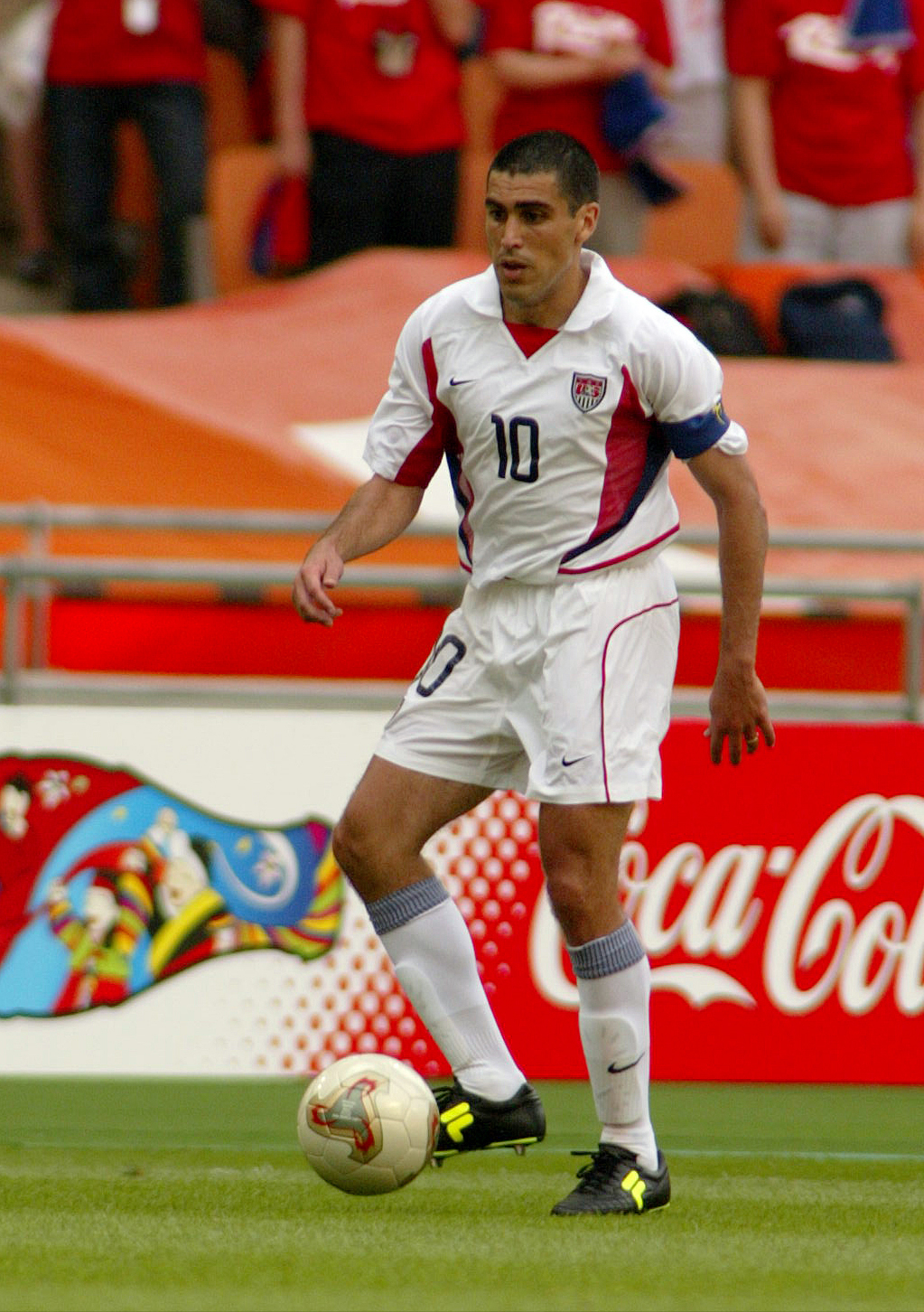
Having the opportunity to lead the team out in those two competitions is something I’ll never forget. I will always remember the energy and interactions in the tunnel before we walked out onto the pitch. Off the pitch, there were an equal number of amazing memories not to be forgotten – the good times we had at training, the comradery, the memories with the World Cup squad. I remember calling my mom or my wife right away to celebrate a win, sitting across from David Letterman and Jay Leno, and speaking with morning talk show hosts.
The 2002 World Cup was especially memorable. I remember this huge swell of excitement, support, and interest in our team. We were on the other side of the world, but we felt this responsibility at the time to do well and compete with the best nations in the world. It was important to us that we regained respect and credibility after an unfortunate performance in the 1998 World Cup. I felt that we did that, losing out to Germany (the eventual runners-up) in the quarter-final match.

Now, over a decade and a half later, there continues to be a leveling of the playing field, and you’re seeing it in the 2018 World Cup – the best teams are having to work really hard to get a result against the so-called smaller soccer nations. It’s a good sign for the future of the sport that more soccer nations around the world are becoming more competitive.
We are now in a similar situation to the one we were in between our early exit in the 1998 World Cup and the 2002 tournament. While there has been criticism for the failure of the USMNT to qualify for this year’s World Cup, we’ve been presented with an amazing opportunity to reset and come together. Everyone is excited about the successful United Bid for 2026, but we need to make sure that we’re better in 2019, better in 2020, better in 2021, and qualify for 2022. It’s equally critical that we participate in the 2022 World Cup so that we have a better chance in 2026.
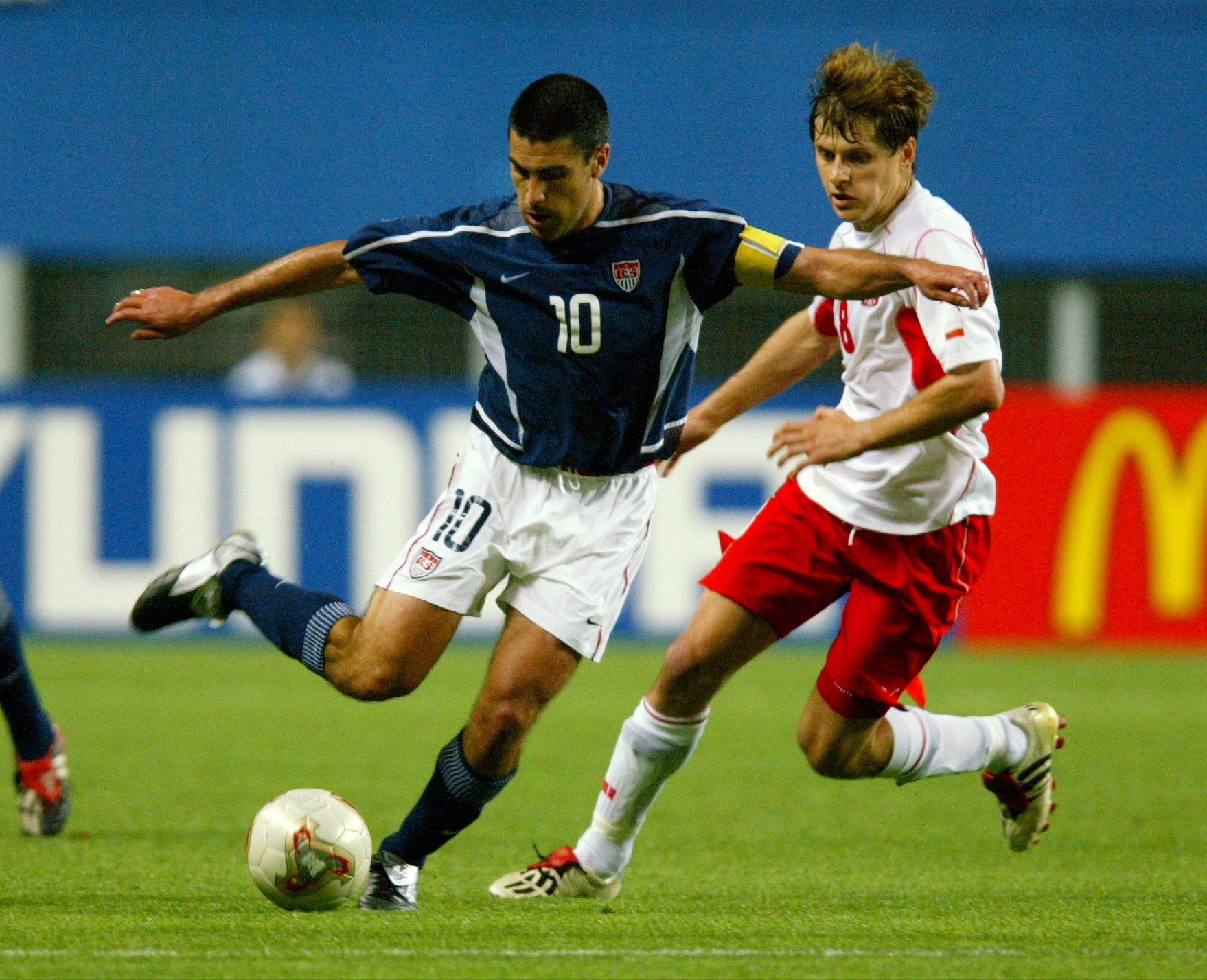
If the most important thought in everyone’s heads is about what is right for the players – at all levels, ages, and genders – then I truly believe that we will have better national teams and better leagues. If you look around the world – and the World Cup is showing this – the sport is advancing rapidly in other countries. We can’t sit still; we need to be honest and have conversations about what we need to do to impact our players.
This sport has a miraculous ability to effect positive change. There’s nothing like soccer to connect people of all different backgrounds, religions, races, ages, and genders. We often forget that soccer can serve as this incredible vehicle for human connection. The sport, like the World Cup and other soccer events and tournaments, is a tool that brings people together.
That’s why bringing soccer to urban and inner-city areas makes so much sense. Kids need a place to play – a safe place to play. If we could get future World Cup stars out of it, we’d all be happy, but step one is coming to a city and putting down roots to make sure that soccer is there for the long term, not just a quick clinic or a pit stop in the city to promote a soccer organization.
It’s exciting to see what the U.S. Soccer Foundation has done for children living in underserved communities. After meeting with the Foundation’s President & CEO, Ed Foster-Simeon, many years back and hearing his vision to promote the game via different methods – whether it’s developing Safe Places to Play mini-pitches or engaging children in its free after-school program, Soccer for Success – it’s amazing to see the momentum the Foundation has gained in bringing the sport to communities across the country.
For the most part, suburban area kids have access to soccer, which is a start. But at the same time, we need to continue to make this push to have soccer become something that any kid, no matter where he or she lives, can play and find access to. I look forward to the days of walking by and seeing kids of all ages, genders, and backgrounds playing unorganized soccer.
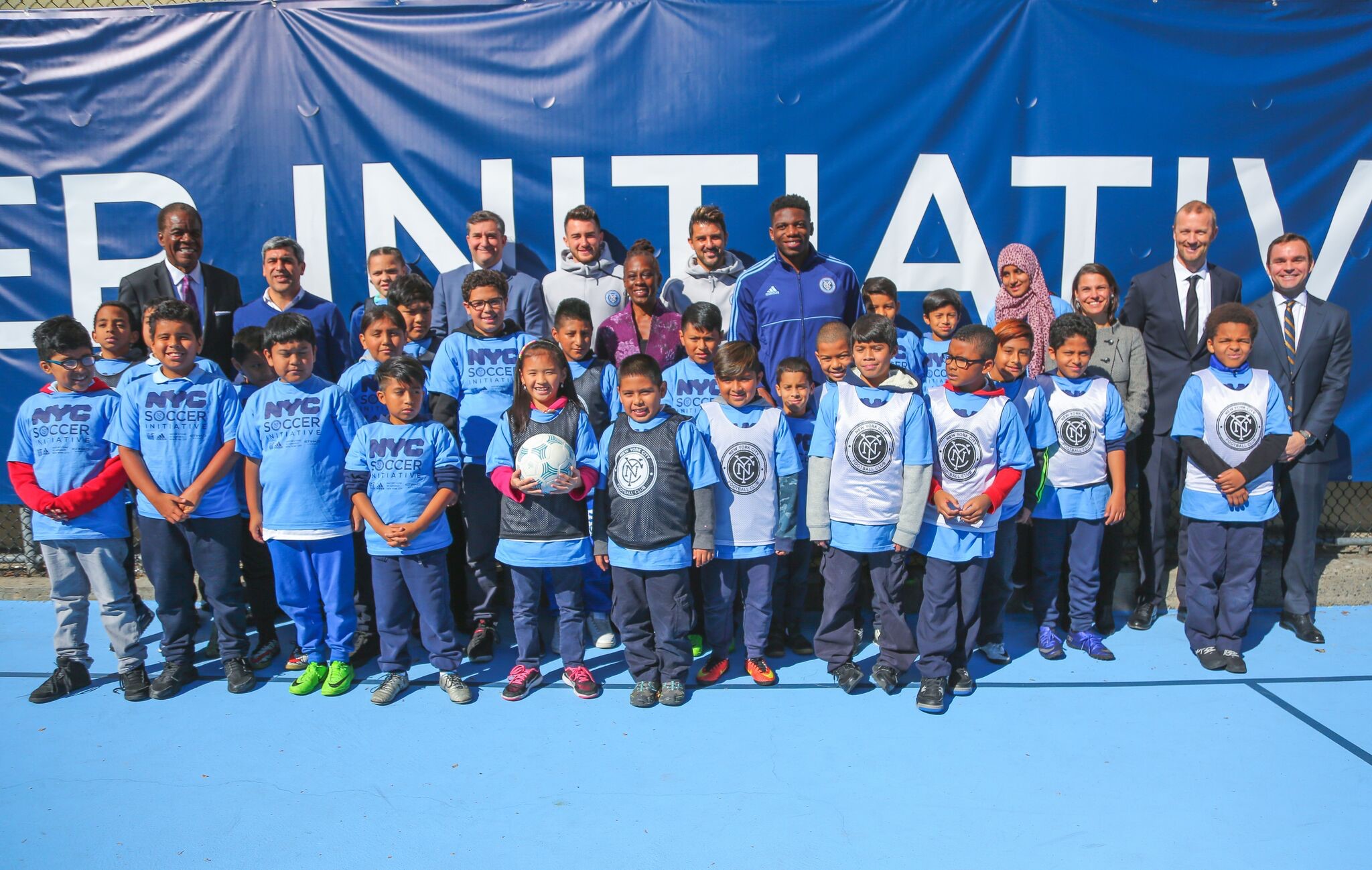
We’ve seen the benefits first-hand at the local level at New York City FC in our partnership with the Foundation to bring soccer to communities across the five boroughs of New York in the form of 50 mini-pitches and quality soccer programming. But not only are we providing children with safe places to play and access to trained coach-mentors, we’re creating new soccer fans and bringing people together to play this great sport. This is only the beginning and that mentality is going to pay off long term.
Claudio Reyna currently serves as the sporting director for New York City FC. In addition to running the Claudio Reyna Foundation, Claudio is also a member of the U.S. Soccer Foundation’s New York City Leadership Council, which is one of several Leadership Councils across the country dedicated to making soccer #EveryonesGame. Follow this link to learn more about the program that drives Claudio and other members to support the work of the Foundation.
